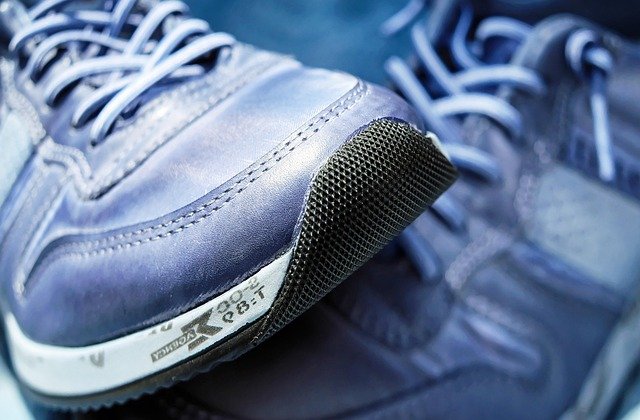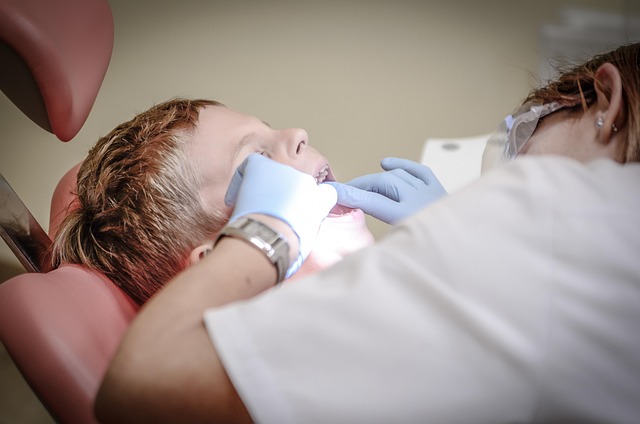Practical Guide to Shoes & Footwear Cleaning
Keeping shoes and other footwear clean extends their life, preserves appearance, and reduces odor and stains. This guide covers practical, safe methods for common materials and situations, focusing on everyday tools and supplies most people already have. Read on for step-by-step approaches for leather and canvas, how to choose and use a brush and cloth, and recommendations for detergents and drying.

How to clean leather shoes?
Leather requires gentle, regular care to avoid drying or cracking. Start by removing loose dirt with a soft brush or a dry cloth. For light stains, use a slightly damp cloth with a small amount of mild detergent diluted in water; test on an inconspicuous area first. Wipe gently and avoid soaking the leather. After cleaning, let shoes air-dry away from direct heat, then apply a leather conditioner or cream to restore moisture and suppleness. For scuffs, a specialized leather polish in a matching color can help even out the finish.
Can you wash canvas footwear?
Canvas is more forgiving than leather and can often tolerate deeper cleaning. Remove laces and insoles, brush off loose dirt with a firm brush, and treat stains with a paste of detergent and water or a gentle stain remover. For machine-washable canvas shoes, place them in a laundry bag or pillowcase and wash on a gentle cycle with cold water; use a laundry detergent suitable for fabrics. Air-dry canvas shoes to preserve shape—stuffing them with paper towels helps maintain structure while drying. Avoid tumble-drying unless the manufacturer explicitly allows it.
Which brush works for different materials?
Choosing the right brush prevents damage and improves cleaning efficiency. Use a soft-bristled brush or horsehair brush for smooth and polished leather to avoid scratching. A medium-stiff nylon or natural-bristle brush suits canvas and suede—though suede cleaning often needs a specialized suede brush to lift nap without flattening. For rubber soles and textured surfaces, a stiffer scrub brush works well. Keep a small toothbrush or detail brush on hand for seams, eyelets, and hard-to-reach areas. Clean brushes regularly so you’re not reintroducing dirt to shoes.
How to use a cloth and drying methods?
A clean microfiber cloth is versatile for wiping, buffing, and applying cleaners across materials. Use one cloth to apply diluted detergent or cleaner and a separate dry cloth to buff and remove residue. For leather, a soft cloth helps apply conditioner or polish evenly. Dry shoes at room temperature with good airflow; avoid direct sunlight and radiators that can warp materials or fade colors. For shapeless footwear or wet liners, insert crumpled paper or a shoe tree to preserve form while drying. Replace paper if it becomes saturated.
Is detergent safe for shoes?
Not all detergents are equal for footwear. Mild, enzyme-free detergents and liquid dish soaps diluted in water are generally safe for canvas and many synthetic materials. Avoid bleach and strong alkaline cleaners on colored fabrics and leather, as they can strip dyes and damage fibers. For leather and delicate finishes, use cleaners specifically formulated for leather. When using any detergent, perform a spot test first and rinse thoroughly when required to remove soap residue that can attract dirt or stiffen fabric over time.
Conclusion
Regular, material-specific care keeps footwear comfortable and longer-lasting. Start by identifying the shoe material—leather, canvas, suede, rubber, or synthetics—then choose the appropriate brush, cloth, and cleaning solution. Gentle techniques, spot testing, and air-drying preserve appearance and function. For heavily soiled, specialized, or vintage items, consider professional repair or cleaning services in your area to avoid accidental damage. Thoughtful, routine maintenance prevents many common problems and helps footwear stay in usable condition for more seasons.






